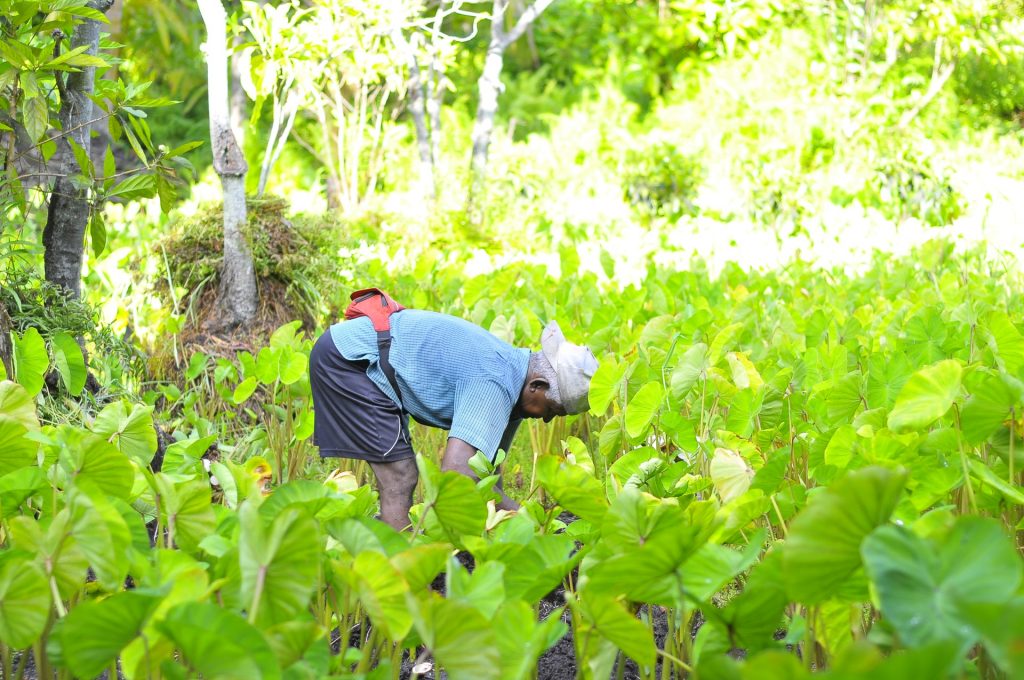A project design is the first phase of the project cycle. At the beginning, a project develops as an idea or vision-which is feasible. However, the steps to make it feasible is quite difficult. An idea can only become a reality once it is broken down into organized, actionable elements within a timeline. NGO project design centers around problems and solutions: it involves identifying a prevailing/future problem that is/may impact a target population.
Project design is a crucial stage in a project’s lifecycle because it identifies key elements by outlining the answers to 4 Ws of the project: What-Where-When-Who.
What: defines the project itself
Where: is the internal and external environment
When: is the time frame
Who: is you and the beneficiaries
Project design consists of the following elements:
Project Background
It describes the history of how you developed the idea for your project and the status quo that you want to change. This is where you explain exactly why your project should take place in your community and what the problem is you aim to solve.
Project Context
It is the description of the internal and external environment where the project is going to be undertaken and the effect of the environment on the project. The environment includes risk and opportunity (SWOT Analysis)
Risks and Assumptions
You have to take risks and assumptions into account when planning your project as they might change the entire setup if the event actually occurs. They might even end your entire project if the occur.
Goals and Objectives
Project goals and objectives are similar in that they are both the reason for why the project needs to take place. The goal gives direction to the project. The objectives are the specific targets the project aims to achieve to meet the goal. In short, the goal can be seen as the high-level, “shoot-for-the-stars” vision while the objectives are the grounded, well-thought-out plan to reach that vision.
Output and Outcomes
Both outputs and outcomes are direct results from a project. Many NGOs focus on outputs because they are easier to measure. However, the evaluating outcomes should be emphasized as those are the direct changes in the lives of beneficiaries that are most important.
Beneficiaries or Stakeholders
Every project is designed for the beneficiaries. The project beneficiaries are the people whose circumstances you want to change by implementing your idea. They are also called the target group or the target beneficiaries of your project.
Activities
Project activities are actions undertaken by the project to achieve the set objectives. Activities are typically designed according to the project’s strategy.
Timeline
Timeline basically shows the chronological order of events that you plan to do in your project. A timeline is not a detailed work plan, but a quick way to present an overview of your planned activities.
Workplan
A work plan is a description of the sequence of the project activities in time. It is much more detailed than a mere timeline though. It includes information about responsibilities, objectives and sometimes even the budget.
Budget estimates
A budget is an estimate of income and expenditure for a set period of time. Project budget simply refers to a document which specifies how much money needs to be allocated and how will the allocated money be implemented on the activities to achieve the goal of the project.
Sustainability
Sustainability is the ability of an organization to continue its mission or program far into the future. All projects have to end eventually, but the project impact should continue.
Monitoring and Evaluation Strategies
Monitoring and Evaluation strategies is an approach that has mainly been developed to measure and assess the success and performance of projects, programs or entire organizations.

